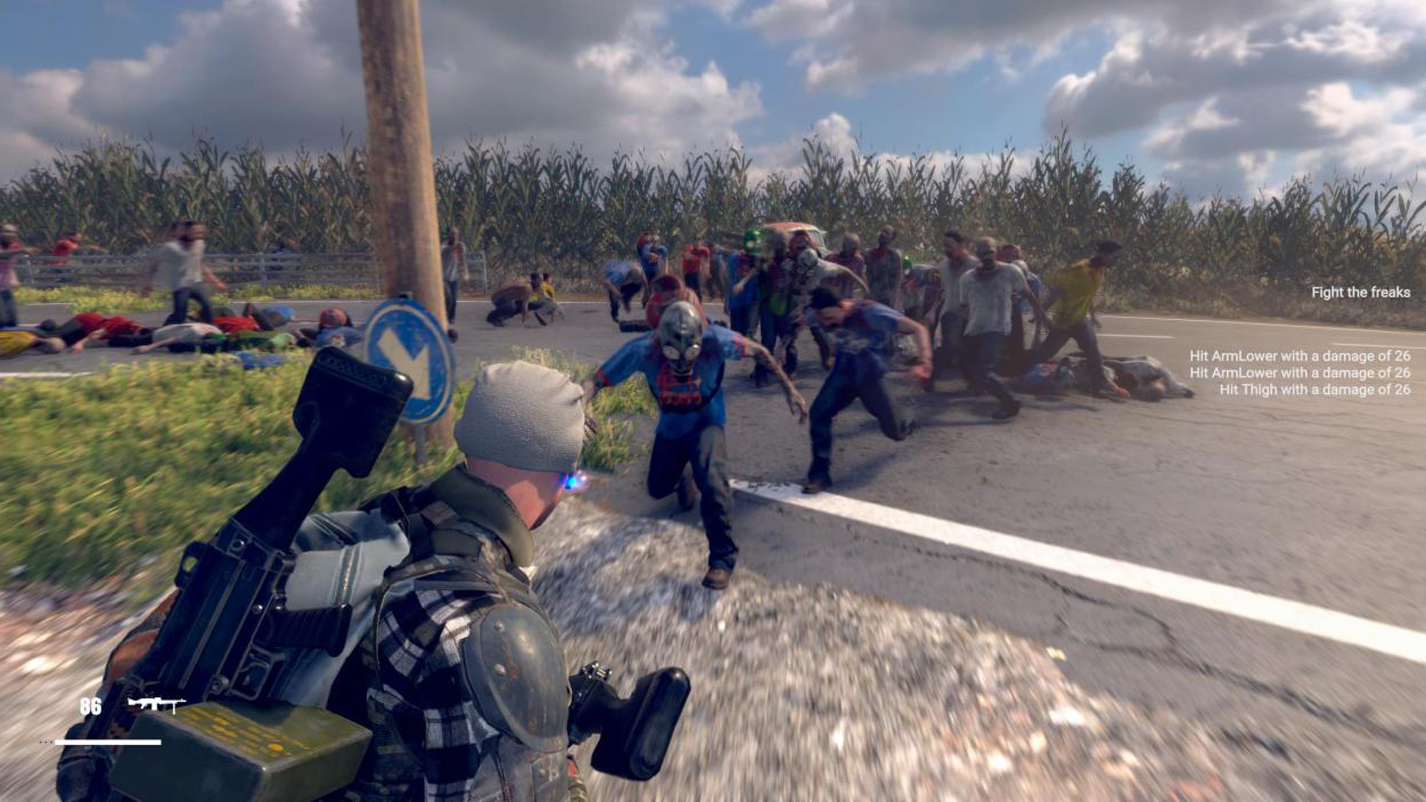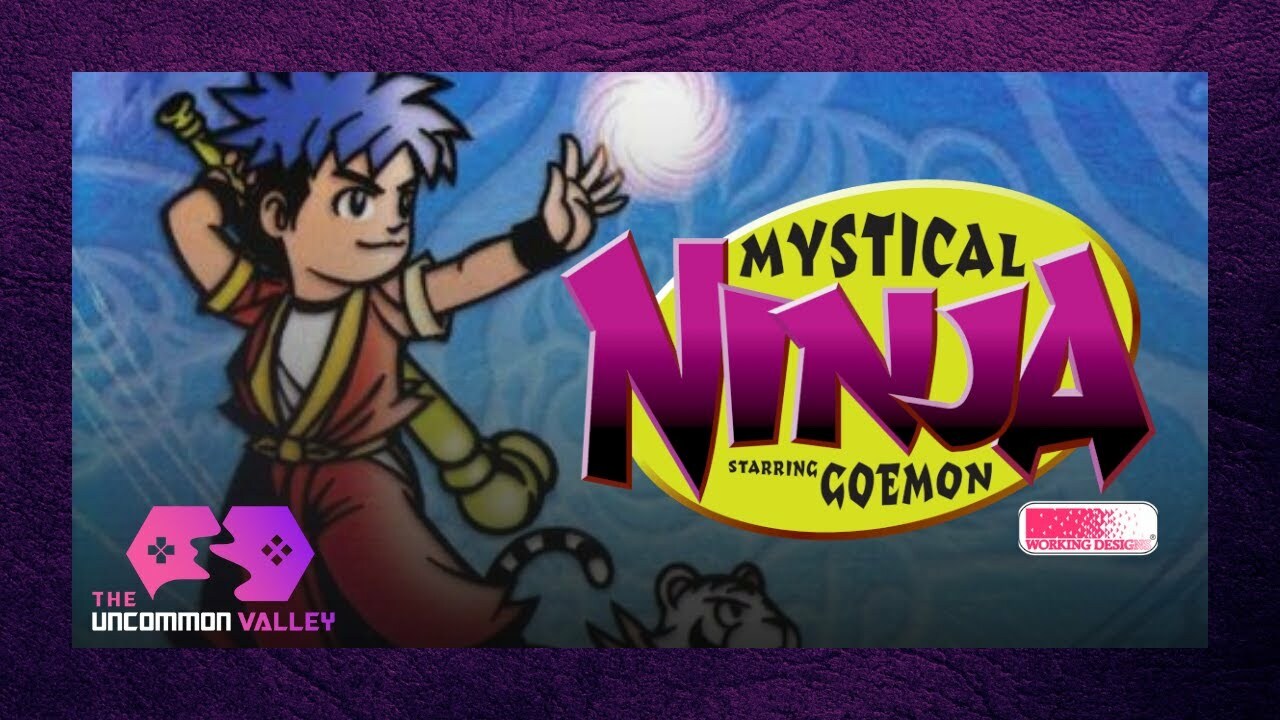Share
A Puzzling predicament
For those who aren’t familiar, there were two versions of the legendary game Tetris on the NES. While that might not seem like a big deal these days, given how many ways and versions of the game there are to play across just about every console imaginable, back in the late 1980’s, this was a big deal that set multiple precedents within the gaming industry. Mostly because there wasn’t supposed to be a second version at all.
Here’s the short version: due to an intricate web of copyright issues, there are two versions of Tetris for the original NES. Now that alone is an intriguing tale, one that has a loot of odd twists, curious turns.
One version was published by Nintendo in 1989, complete with the official Seal of Quality, and is the version used for the Classic Tetris World Championship. The other is a 1989 unlicensed third-party production by Tengen, a subsidiary of Atari, and shipped in one of Tengen’s trademark unlicensed black cartridges.

Nintendo’s Tetris, produced by the late Gunpei Yokoi, is best-described as “no frills,” with a color scheme that looks like it’s been gently bleached. Like the Tetris cart that was a pack-in with the original Game Boy, it features two 1-player modes, Type A and Type B, which might best be described as Endless and Score Attack by modern standards.
On the other hand Tengen’s Tetris, despite how it looks, isn’t a port of Atari’s arcade version of the game. According to its designer Ed Logg in a 1999 interview, he rebuilt the game from scratch for the NES. It’s easily the more robust of the two versions of the game, with features like full color graphics and several 2-player modes, including a competitive marathon setting that would appear again in later versions of the game.
Tengen’s Tetris is also much rarer, because it only ever spent about a month on the North American market.
Shortly after the Tengen Tetris‘s release, Atari lost a court case against Nintendo over the trademark, and was forced to recall and destroy all remaining copies of the Tengen cart. The hundred thousand copies of it that had reached circulation by that point ended up as the last ones that would ever be made. While a lot of the other Tengen black carts are easy to find now and go for pennies on the dollar, the unlicensed version of Tetris is now considered a collector’s item.
From here the story is pretty familiar, Tengen went on from the Tetris debacle to enjoy a short run as a publisher and developer in the 16-bit era. It was eventually merged into Time Warner Interactive in June of 1994; that company, in turn, was absorbed into Williams Entertainment in 1996.
As is always the case however, the devil is in the details. To fully understand the story, one has to look at how the gaming landscape in the late ’80s was changing, and figure out exactly what was going on. Licensing rights are always strange things, and this one is among the strangest. Much like setting up a tall stack of tetrominos to clear away for a huge boost in points, there’s a lot of intricacies to this story that are needed to get a clear picture. As is often the case, history is a bit stranger than fiction.
The Long Version
Part One: The Tengen Black Carts

Back in the 1980s, Nintendo had a licensing rule in place that no third-party company could publish more than five games a year for the NES.
At the time, this was done in an effort to protect the public from bad games, and ensure that the NES was synonymous with great games and great experiences. Combined with Nintendo’s stranglehold on cartridge manufacturing, this left third party companies in situations where they might actually lose money rather than see any profit on their releases.
Several developers at the time got around this by establishing a shell company to publish their extra titles, such as Konami (Ultra Games) and Acclaim (LJN). This allowed them to produce more games, while still working under Nintendo’s rules.
Atari took that one step further. It incorporated Tengen at the end of 1987 to publish R.B.I. Baseball and the original Gauntlet. At the same time, Tengen was working behind the scenes to defeat Nintendo’s security measures, so the company could publish as many games in a year as they wanted.
The original NES has a lockout chip built into it, the 10NES, which authenticates any cartridges put inside the system. This keeps bootleg games from running, but more importantly, it gave Nintendo final authority on what it would allow to be published for the NES. Any unlicensed third-party software issued for the NES would simply fail to work.
It sounds paranoid, but keep in mind it had only been a few years since the controversy over Custer’s Revenge, an unlicensed third-party game for the Atari 2600 that is also one of the worst ideas in the history of Western civilization. Even beyond the need for anti-piracy measures, it’s understandable that Nintendo might want to shut down that more profane side of the market before it could become a problem.
Tengen didn’t agree. It famously acquired a copy of the NES lockout program from the U.S. Copyright Office, claiming they needed it for legal reasons, and used that program to figure out a way to bypass the 10NES chip. Tengen then announced in December of 1988 that it would self-publish games for the NES without going through Nintendo’s licensing process, and immediately caught a lawsuit from Nintendo on the subject.
Despite that, Tengen released 17 unlicensed games for the NES between 1989 and 1990, all of which could be identified at a glance by their reversed black carts. Most of them were ports of Atari’s hit arcade games, such as Rolling Thunder and Vindicators. It also put out NES versions of a couple of Sega games, such as Shinobi and Fantasy Zone. The lawsuit continued until 1994, but it wasn’t the only lawsuit Nintendo would levy against Tengen.
Part Two: No One Has the Rights
When Alexey Pajitnov created Tetris in 1984, he was a citizen of the Soviet Union, working at the Soviet Academy of Sciences as a researcher. Technically, that meant Tetris was owned by the state, with the rights under the control of the Elektronorgtechnica (abbv. Elorg) bureau within the USSR’s Ministry of Foreign Trade.
Pajitnov eventually started trying to sell Tetris to foreign publishers, and in 1986, a copy of the game ended up in the hands of Andromeda Software’s Robert Stein. Due to a miscommunication between Stein and Pajitnov, Stein proceeded to act as if he had the international licensing rights to Tetris, and proceeded to sell them to two different publishers, including Robert Maxwell’s Mirrorsoft.
Tetris, without Pajitnov’s name on it, became a hit on PCs in the US and Europe. Shortly afterward, Stein got back in touch with Pajitnov and discovered he’d never actually had the rights to Tetris at all. It had only been a handshake deal via fax in the first place, and now it turned out Pajitnov had never had control over Tetris‘s rights.

At this point, due to the rights changing hands several more times since Stein’s initial sale, several different companies thought they had the licensing rights to Tetris, including Atari, and they were all wrong. Elorg held a state-sponsored monopoly on USSR software exports, and it had never actually given the rights to anyone. As far as Elorg was concerned, the rights for Tetris were still up for grabs.
Enter Henk Rogers, a Dutch game designer who was then working at Bullet-Proof Software in Japan. He met with Elorg president Nikolai Belikov in early 1989. Rogers was working on Nintendo’s behalf, hoping to secure the handheld rights for Tetris so Nintendo could pack it in with the original Game Boy. Between them, Rogers, Belikov, and Pajitnov hashed out a deal where Nintendo would receive the rights to Tetris for home and handheld consoles. This deal in no small part is part of the reason the Game Boy was such a monumental global success.

However, Atari still had the rights to the Tetris arcade machine, and didn’t like that idea at all. They counter-sued Nintendo in April of 1989 claiming it had the rights to distribute the NES version of Tetris. It produced and released its own version of the game via Tengen in May of 1989, which resulted in a second lawsuit. The results of this challenge were much more swift, as Tengen lost its suit against Nintendo the following June, and had to issue a general recall for what is estimated to be hundreds of thousands of copies of the game shortly afterward.
Falling into place
This whole series of events led Rogers and Pajitnov to eventually co-found the Tetris Company in 1996 to manage the rights to the Tetris franchise. Any modern Tetris games, such as Tetris Effect or 99, are made under a license from the Tetris Company.
After the fall of the Soviet Union, Elorg went private in 1991 with Belikov as its owner. And, in a strange series of events, it was subsequently sold to the Tetris Company in 2005.
Incidentally, this whole story is probably why there’s a Tetris movie being made. There are a lot of colorful personalities involved with the creation, success, and subsequent legal drama around Tetris and who did and didn’t own it. Stein in particular, the accidental con artist, feels like a character out of a farce.
By now, these are all historical footnotes. The entire Tetris story began and resolved before the dawn of the Internet, so by the time most Americans knew about any part of it, it was over. Now the Tengen Tetris cart is a strange collector’s item, as a relic of the pre-Internet times and a confusing extra line on ROM collections. And Tetris itself? Well the game speaks for itself, having a legacy that has lasted decades, and shows no signs of ever losing its charm and appeal.




